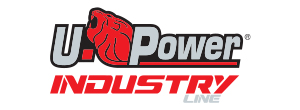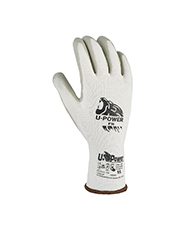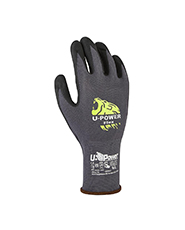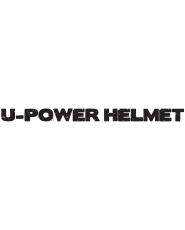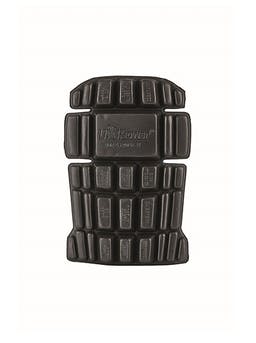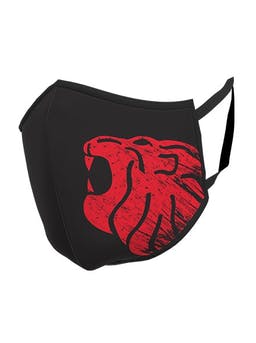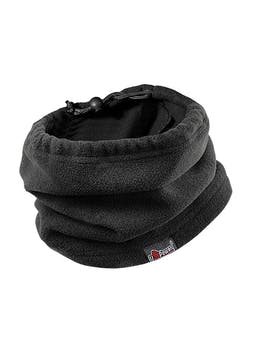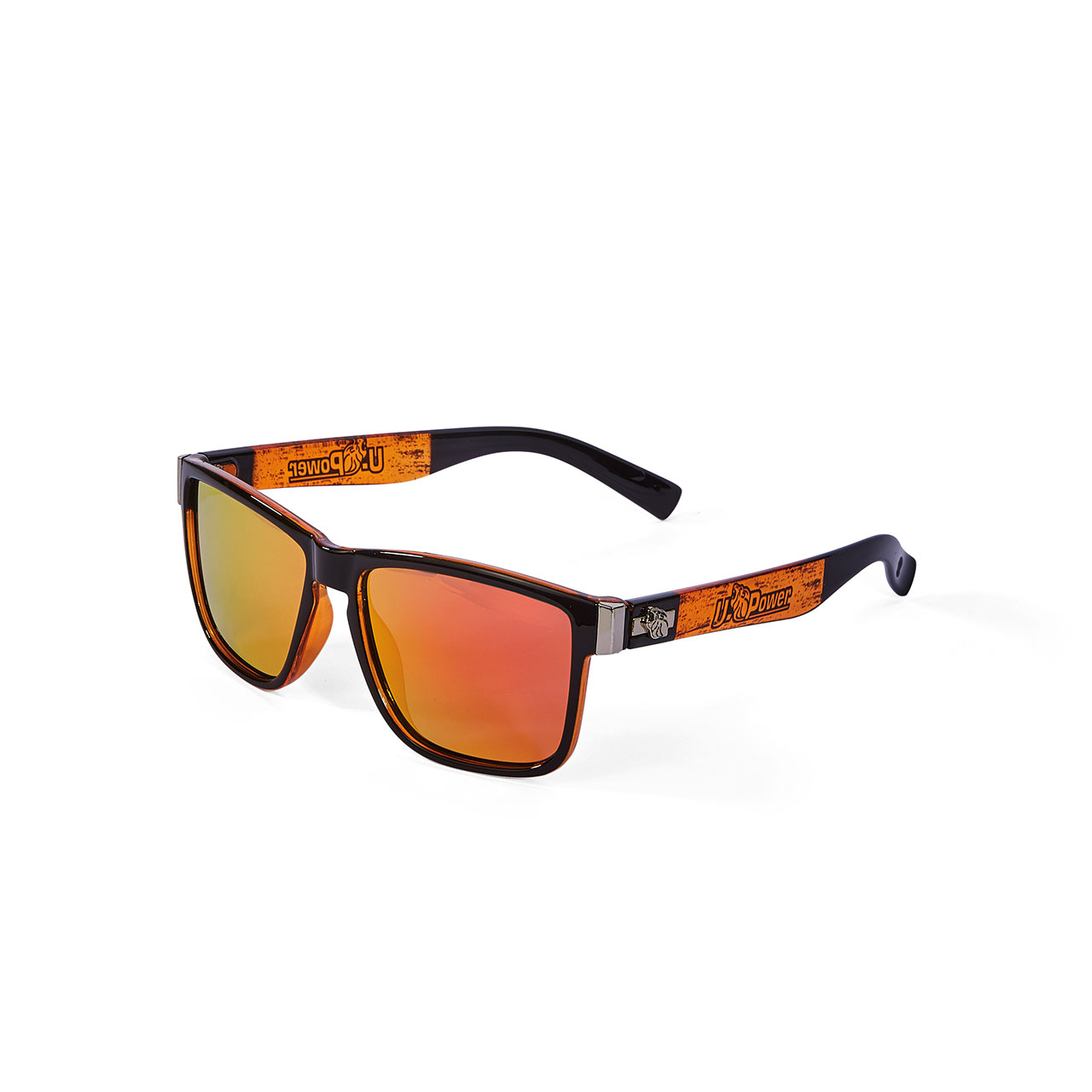WORK: PREVENTION OF MUSCLE-SKELETAL DISORDERS
HOW TO PREVENT PROFESSIONAL DISEASES: THE DR MICHELE MONTAGNA EXERCISE GUIDE FOR U-POWER
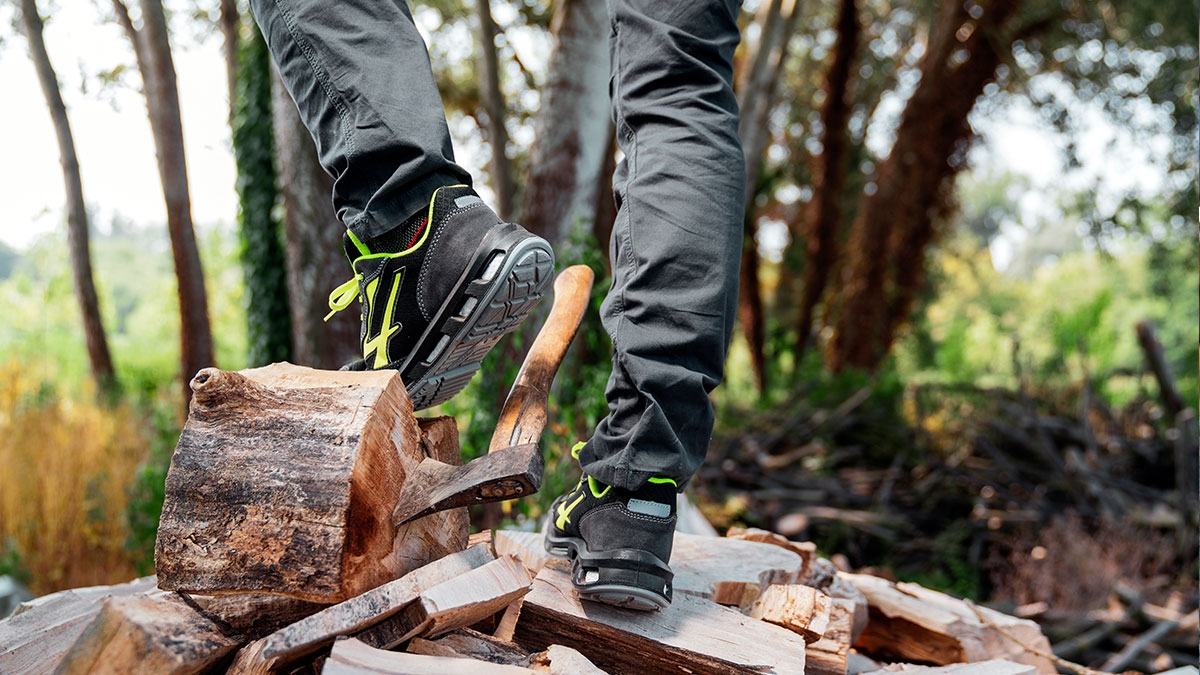
Very often, when we return home after a day’s work, it happens to warn of recurrent troubles that compromise our well-being.
Numerous factors can cause these disorders, most minuscule body movements during the working day, assuming unnatural postures for many hours or heavy loads handling.
Let's have a look at the work-related musculoskeletal pathologies. The high frequency makes it understandable how important it is to pay attention to the risks that can occur to the locomotor system. Also, personal protective devices adapted to one's duties and the dynamism of one's work.
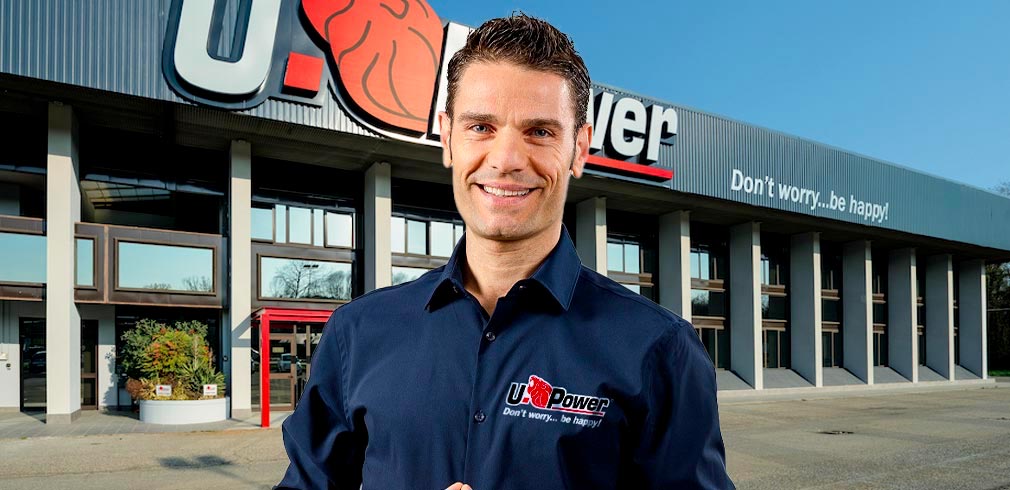
With a view to prevention, U-POWER underwent additional tests, to both safety shoes and work clothing, carried out by Dr Michele Montagna, a real expert in the field:
- Doctor of Sport Sciences;
- Kinesiologist recognized by the National Union of Kinesiologists;
- Consultant and teacher in Occupational Ergonomics, Prevention and Treatment of Musculoskeletal Disorders at Work;
- Health and Safety at Work Trainer Certificate.
Today, U-POWER offers you an additional valuable tool for preventing and treating musculoskeletal disorders at work: a guide to targeted exercises of global and analytical stretching prepared by Dr Michele Montagna.
- PREVENTION OF OCCUPATIONAL ILLNESS OR DISEASES: HOW TO REDUCE TENSION AND STRESS
- PREVENTION OF MUSCULOSKELETAL DISORDERS: HOW TO IMPROVE BLOOD CIRCULATION
- HOW TO PREVENT OCCUPATIONAL DISEASES: HOW TO REDUCE LEG MUSCULAR PAIN
- PREVENTION OF OCCUPATIONAL DISEASES: HOW TO REDUCE BACK PAIN
- WORK STRESS: HOW TO STRETCH NECK AND SHOULDER MUSCLES (CERVICAL)
We have seen in some previous articles how technological innovations - applied to safety shoes - can help you prevent this type of disorder, namely:
- Infinergy® technology in case of dynamic work;
- Red Carpet Technology in case of static work;
- High Rebound Technology in case of a mixed situation.
PREVENTION OF OCCUPATIONAL ILLNESS AND DISEASES: HOW TO REDUCE TENSION AND STRESS
In principle, we can say that all the exercises proposed in this downloadable guide positively reduce muscle tension and stress. Of course, proper breathing is the most crucial element for immediate overall relaxation.
Breathing is the most natural thing for a human, and it is thanks to it that we feed on oxygen and energy. This physiological act is possible thanks to the diaphragm, the muscle placed under the lungs, which divides the abdominal one’s chest cavity.
Over the years, we tend to stiffen up and lose our natural elasticity. The diaphragm, therefore, tends to go into an almost permanent fixation. It can affect the circulatory, digestive, urological/gynaecological functions, etc.
Try doing this exercise for at least 9/15 minutes, following the instructions given in the downloadable guide, to regain elasticity:
Exercise n ° 1 of the downloadable guide - PROPER BREATHING
1st STEP
Inhale with your nose and exhale with your mouth with slightly cracked lips emitting a long sound like "sccccsssssss".
Inhaling only inflates the belly and does not lift the chest to avoid unnecessarily contracting the back muscles.
Imagine two tennis balls, one on the chest and the other on the navel. Ideally, when you breathe in, get this second ball up on your stomach, but before you feel that, the chest (the imaginary ball) raises, start to exhale.
Repeat the exercise for at least 3 minutes: if you do it properly, you will be ready for the next step.
2nd STEP
Repeat the previous exercise, however, trying this time to exhale deeply, to encourage diaphragmatic relaxation with a prolonged "scscscscsc", and you will see that with the training, the expiration time will be longer and longer.
Repeat the exercise from 3 minutes upwards; by following the instructions, you will no longer be able to do without it because of the favourable effects you will notice, and you will be ready for the next step.
3rd STEP
Now site supine with stretched legs and repeat the previous exercise, prolonging the breath.
Repeat the exercise for 3 to 6 minutes and upwards.
By performing the exposed techniques correctly, you will have entered the phase that will allow you to unlock the diaphragm and reduce the first strains on your back.
PREVENTION OF MUSCULOSKELETAL DISORDERS: HOW TO IMPROVE BLOOD CIRCULATION
All the exercises proposed in the U-POWER guide by Dr Michele Montagna help improve blood circulation because physical activity - even if moderate - acts positively, reactivating.
Try doing this simple exercise lasting 1/3 minutes per leg, carefully following the directions on the guide itself.
Inside the guide, you will also find support images for proper execution:
Exercise n ° 3 of the downloadable guide - THIGH STRETCH
Stand up in one leg support with your back erect and look ahead.
Slightly bend the leg in support and flex the other one by grabbing the back of the foot or the forefoot, preferably with the homolateral hand (right leg turned caught with the right hand and vice versa with the left, subsequently).
Use your hand from the side of the supporting leg to hold yourself against the wall or a chair and start pulling the heel of the leg flexed towards the buttock, keeping the leg aligned with the thigh and breathe as you learned in the previous exercise.
The aim is to stretch the thigh’s front muscles and, as the seconds pass, gradually increase the traction until you feel that the tension gives way before pulling further.
When you have a bit of experience, perform the exercise with the leg extended rather than bent; avoid this if you feel that the support knee does not give you confidence.
At the end of the exercise, repeat with the other leg.
Always remember to breathe and to keep an imaginary straight line passing through the torso and thigh to be treated. Be careful during exercise: pull the leg without raising the pelvis posteriorly, in lumbar hyperlordosis.
HOW TO PREVENT OCCUPATIONAL DISEASES: HOW TO REDUCE LEG MUSCULAR PAIN
In the U-POWER guide by Dr Michele Montagna, you will find various exercises that can reduce muscle pain in the legs, the feeling of heaviness and sciatica problems.
Perform each exercise carefully, following the directions and helping yourself with the images for correct execution. Try to do this exercise lasting 1/3 minutes per leg.
Exercise n ° 4 of the downloadable guide - BACK DISTENSION
Lie down one leg in extension on the ground and put the foot with the plant against the wall (the ankle at a 90 ° angle) and perfectly perpendicular (the toes of the foot look towards the ceiling).
Flex the other leg to the chest and lean your hands on the knee, gradually pull towards you while the upper ankle of the foot at the top can remain relaxed.
Inhale through your nose and exhale through your mouth, with lips cracked and prolonged, as you learned in the previous exercise; with the passing of the respiratory acts slightly increase the thigh's traction.
During the execution, regularly apply a slight push of the chin towards the floor to recreate a game of decomposition of forces, little traction on the cervical muscles and the entire spine.
After exhaling the air deeply, repeat the cycle gaining, millimetre after millimetre and, with time, even a few centimetres of the excursion.
Keep your leg stretched out on the ground, although it will tend to rise off the floor while pulling your thigh.
In the end, repeat with the opposite leg, repositioning yourself, if necessary, with your foot firmly against the wall.
PREVENTION OF OCCUPATIONAL DISEASES: HOW TO REDUCE BACK PAIN
Back pain is one of the most frequent ailments related to work positions, handling weight loads and maintaining polluted postures.
With this spine column alignment exercise, you will stretch the neck and shoulder muscles, increase the spine’s oxygenation and reduce back muscle-fascial pain.
Use the photos shown on the downloadable guide to help you carry out the correct exercise for at least 2/3 minutes.
Exercise n ° 5 of the downloadable guide - ALIGNMENT OF THE VERTEBRAL COLUMN
Stand upright, leaning against the wall with your buttocks, back and head but with your heels 10/15 cm apart.
Keep your arms about 30 ° away from your body, hands wide open and palms facing forward.
Keep your shoulders in a neutral position, so do not roll them forward; if anything, open your chest slightly without lifting the chest. Turn the gaze on the horizon.
If you cannot keep your head horizontal, lean against the wall, bend your knees slightly and possibly a few centimetres away from the wall, with your feet from the wall, until you reach the desired position.
Before starting the exercise, inhale with your nose swelling your belly as you learned in the previous activity, keeping down your chest and exhale gradually, for a long time pushing simultaneously with your arms along their direction (towards the third finger).
During exhalation, in addition to pushing the arms, you will have to move your chin back towards the wall to recreate, for a game of decomposition of forces, slight traction on the cervical muscles as if there was a force that pulls the head upwards.
When you have finished blowing, keep what you have gained in stretching, then breathe in and repeat the cycle.
As the exercise progresses, you should gradually increase the arm thrust.
Pay attention during the exercise to the indications and keep your chin fixed back.
With exercise and time, you will be able to consolidate a higher and straighter posture allowing you to extend your legs (if you practice it with your knees slightly bent) and approach the wall with your feet too.
WORK STRESS: HOW TO STRETCH NECK AND SHOULDER MUSCLES (CERVICAL)
The muscular pains of the neck and shoulders and, particularly, of the cervical are among the most frequent, recurrent and annoying.
The following exercise intends to stretch the cervical, shoulder and arm muscles allowing greater oxygenation of these areas and providing greater movement freedom.
The exercise’s execution has two steps lasting about 1-3 min./each, and on the downloadable guide, you will find photos to help you carry it out correctly.
Exercise n ° 6 of the downloadable guide - CERVICAL DISTENSION, SHOULDERS AND ARMS
1st STEP
Stand with your legs together and, head looking forward, raise your arms cross, out 90 ° from your body.
Inhale with your nose, swell your belly and exhale with your mouth for a long time; gradually push your arms outward, as if you wanted to let the force out of the third finger.
After completing the expiratory act, resume the cycle without stopping pushing with your arms; that is, continue where you arrived with the push. Try to gain a few millimetres with each exhalation, or stay there without interrupting this force.
Simultaneously, you will also have to push your chin back to recreate a game of decomposition of forces, slight traction on the cervical muscles as if there was a force that pulls the head upwards.
You will feel slight tension as if you had a cape involving the neck, shoulders, arms and hands.
2nd STEP
Perform the exercise as the previous one but placing your arms 30 ° forward and with the palms of your hands and fingers facing up.
By doing this, you will indulge the physiological disposition of the shoulder blades and reach deeper muscles between the neck, back, arms and hands.
The push of the arms, in extension, will be in the direction of the palm with the fingers towards the ceiling (initially flex your hand less and dose the force), without neglecting the push back.
U-POWER and Michele Montagna: together for the prevention of worker health.
Click here to download the guide!
If you want to deepen the subject and want more information, do not hesitate to contact us using the form below. Our technical staff will be happy to answer to your questions as soon as possible.
You ask, U-POWER, answer!










































